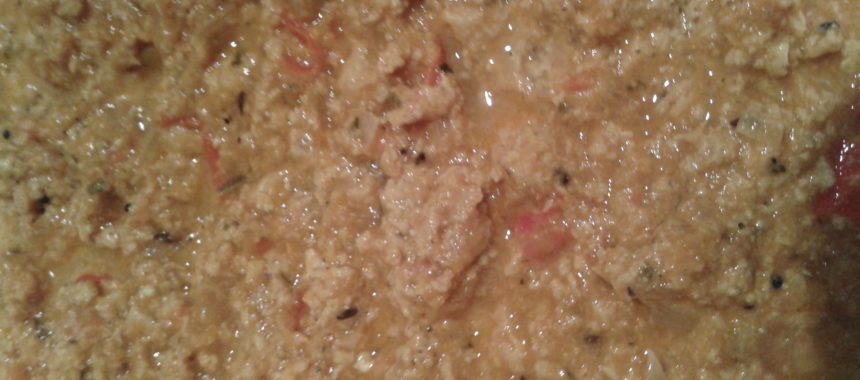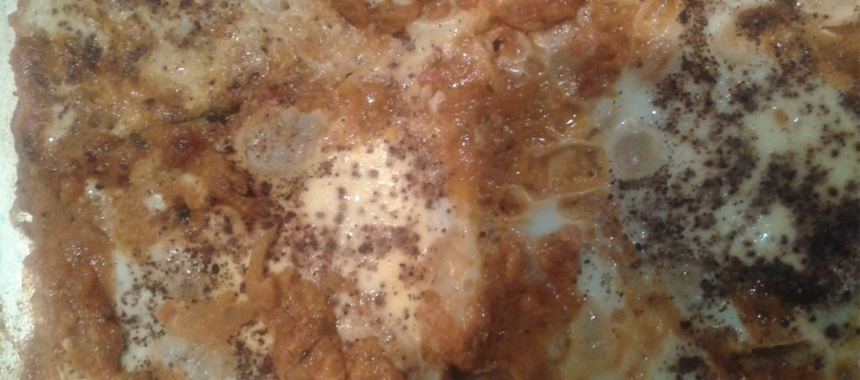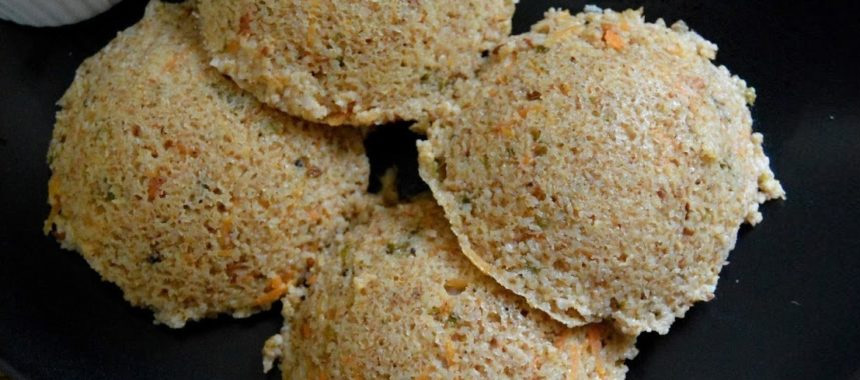Fuits and vegetables into your diet may help protect the kidneys in chronic kidney disease patients. A typical Western diet is mainly based on animal and grain foods – which are very acidic. In kidney disease, the kidneys are unable to remove the excess acid from the body, so it accumulates and builds up (metabolic acidosis). Increasing the intake of fruits and vegetables has been found to reduce acidity and alkalize the body, this way helping to preserve kidney function. limiting animal proteins, sodium and fluid as your body may retain fluid. However, when the kidneys are not working well, large amounts of protein foods can lead to a build up of a waste product called urea.
Foods to be included with kidney failure
Starches such as bread, cereal, rice, and unsalted crackers, vegetables that are low or medium in potassium like bean , eggplant, and mixed vegetables, fruits with low to medium potassium content like grapes, pears, peaches, mangoes, and blueberries, as well as dairy and small amounts of protein including beef, pork, poultry, and eggs. Fats like butter, margarine, or oil should be limited to either one teaspoon or one tablespoon a day.Fats like butter, margarine, or oil should be limited to either one teaspoon or one tablespoon a day.
- Red bell peppers:This vegetable is low in potassium, making it ideal for the kidney diet. Red bell peppers are also a great source of vitamin C and A , vitamin B6. wity great source of lycopene, an antioxidant that protects against certain cancers. 1/2 cup serving red bell pepper = 1 mg sodium, 88 mg potassium, 10 mg phosphorus.
- Cabbage: A cruciferous vegetable, cabbage are packed with phytochemicals that help break up free radicals before they can do damage and protect against cancer as well as cardiovascular health. Cabbage is a great source of vitamin K and C and it has an abundant amount of fiber. Raw cabbage makes a great addition to the dialysis diet .
- Cauliflower:Another cruciferous vegetable, rich in vitamin C and a good source of folate and fiber. Cauliflower can be a great addition to any diet. This vegetable is packed with indoles, glucosinolates, and thiocyanates— compounds that help the liver neutralize toxic substances that could potentially damage cell membranes and DNA. Even mash cauliflower as a dialysis diet replacement for mashed potatoes.
- 1/2 cup serving green cabbage = 6 mg sodium, 60 mg potassium, 9 mg phosphorus
- 1/2 cup serving boiled cauliflower = 9 mg sodium, 88 mg potassium, 20 mg phosphorus
- Garlic:This aromatic food can help prevent plaque formation on your teeth, lower cholesterol, and even help reduce inflammation. It is a great substitute for garlic salt in the dialysis diet.
- Onions:Rich in flavonoids, especially quercetin, powerful antioxidant are known for being low in potassium and a good source of chromium—a mineral that helps with carbohydrate, fat, and protein metabolism.
- 1 clove garlic = 1 mg sodium, 12 mg potassium, 4 mg phosphorus
- 1/2 cup serving onion = 3 mg sodium, 116 mg potassium, 3 mg phosphorus
- Ginger: Known for having analgesic, sedative, antipyretic, and antibacterial properties, ginger can be a great addition to any diet. It also contains vitamin B5, magnesium, and manganese. Ginger can be used to help treat joint pain and also reduces nausea.
- Coriander:This herb has a pleasant aroma and flavor making it a wonderful addition to many food dishes. It is a good source of vitamins A, C, B2, and K. It also packed with calcium, selenium, iron, manganese, and fiber.
- Apples:Known to help reduce cholesterol, prevent constipation, protect against heart disease, and reduce cancer risk. Apples even contain anti-inflammatory compounds that are great for reducing inflammation.1 medium apple with skin = 0 sodium, 158 mg potassium, 10 mg phosphorus.
Foods to avoid in renal diet
Kidney failure patients should avoid foods that are high in phosphorus or sodium. Some examples include biscuits, muffins, pancakes, waffles, oatmeal, cookies, meat, processed cheese, canned fish, spinach, potatoes, fresh beets, dates, oranges, frozen dinners, seasoned salts, soy sauce, and other condiments and sauces.
To lower your potassium intake, avoid or limit these foods:
- Avocadoes
- Bananas
- Dried fruits including raisins
- Oranges and orange juice
- Potatoes — especially baked, french fries, potato chips
- Sweet potato or yams
- Tomato paste and sauces and tomato juice
- Nuts and sunflower seeds
Main Nutritional Tips for those with Diabetes and Chronic Kidney Disease
- Decrease use of salt and salty foods
- limit foods high in potassium
- Be aware of added sources of phosphorus
- Limit the fluid intake as per doctors advice




